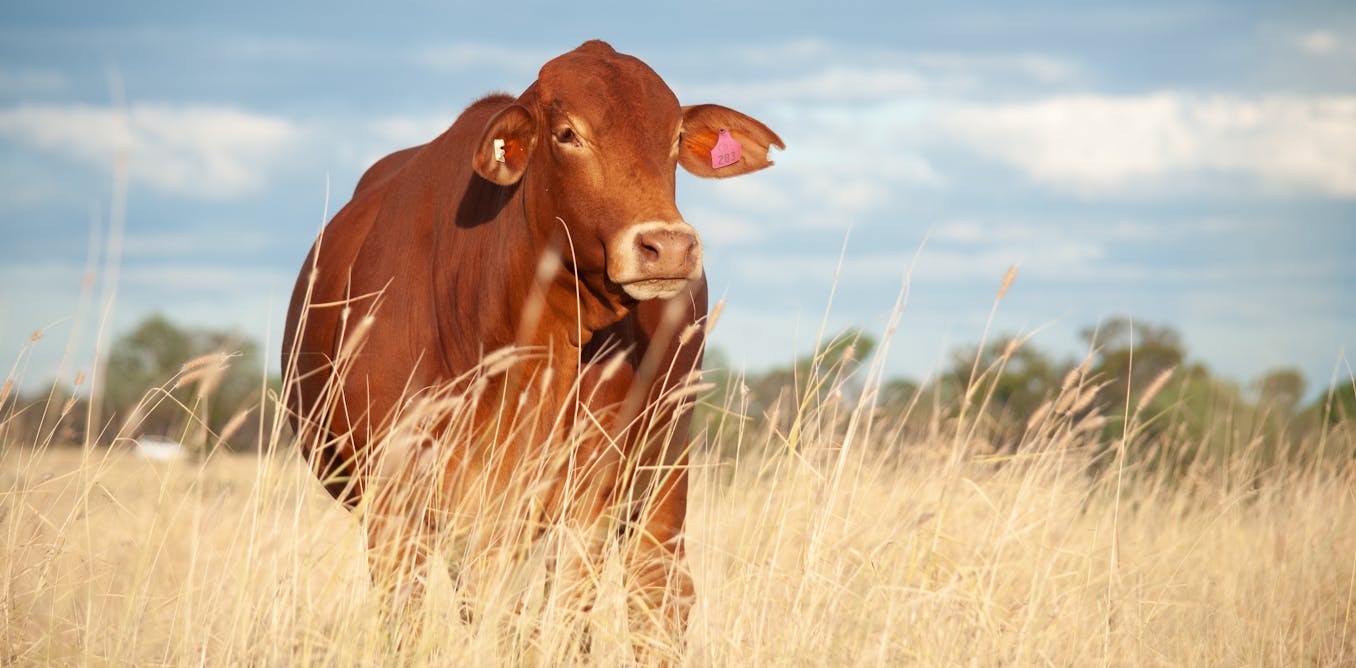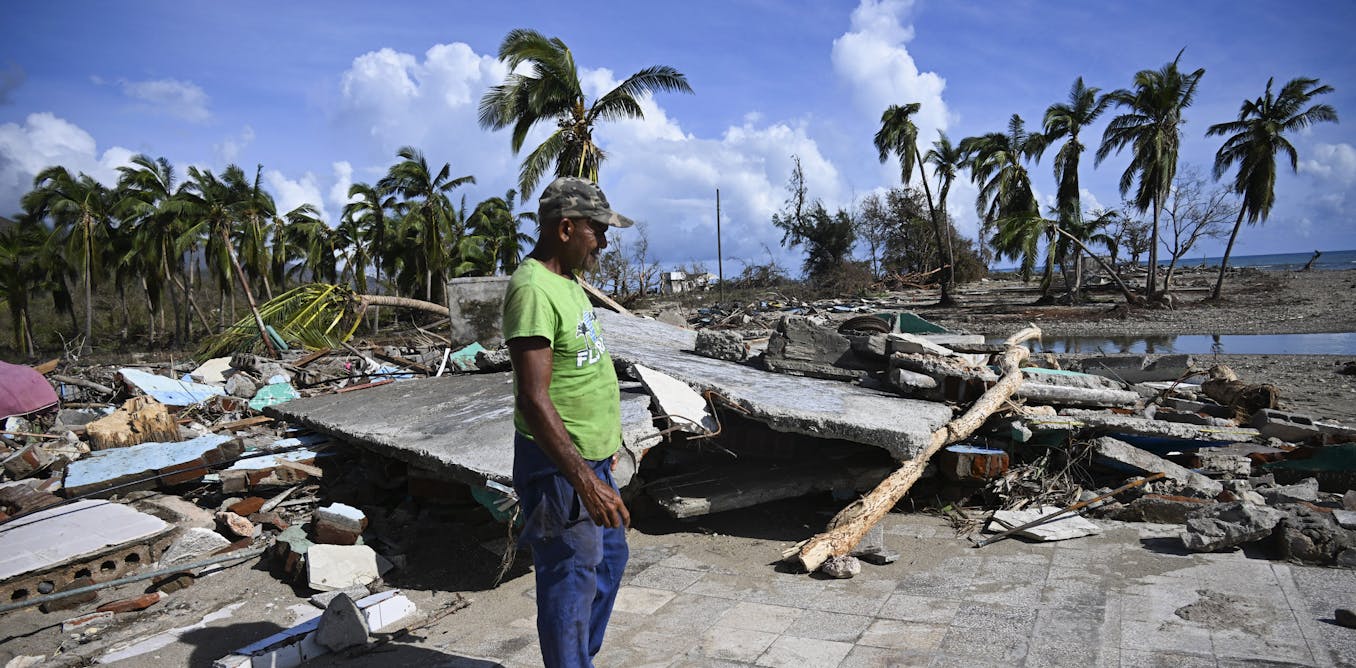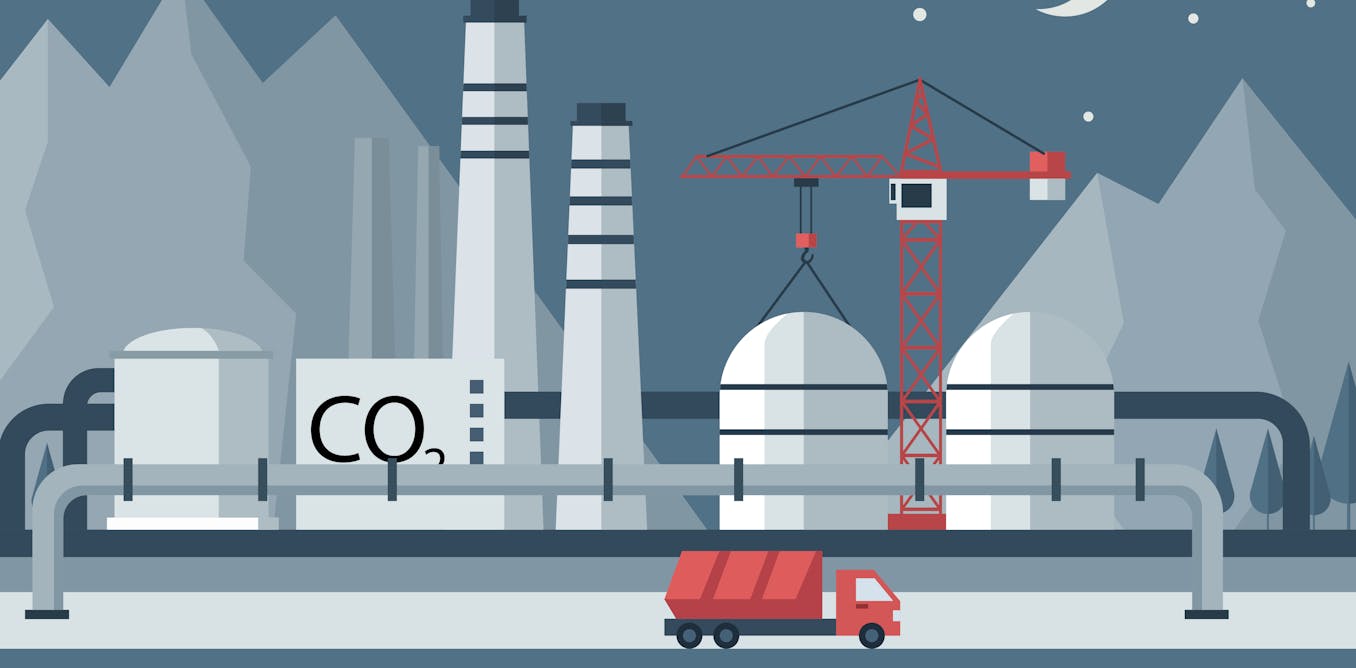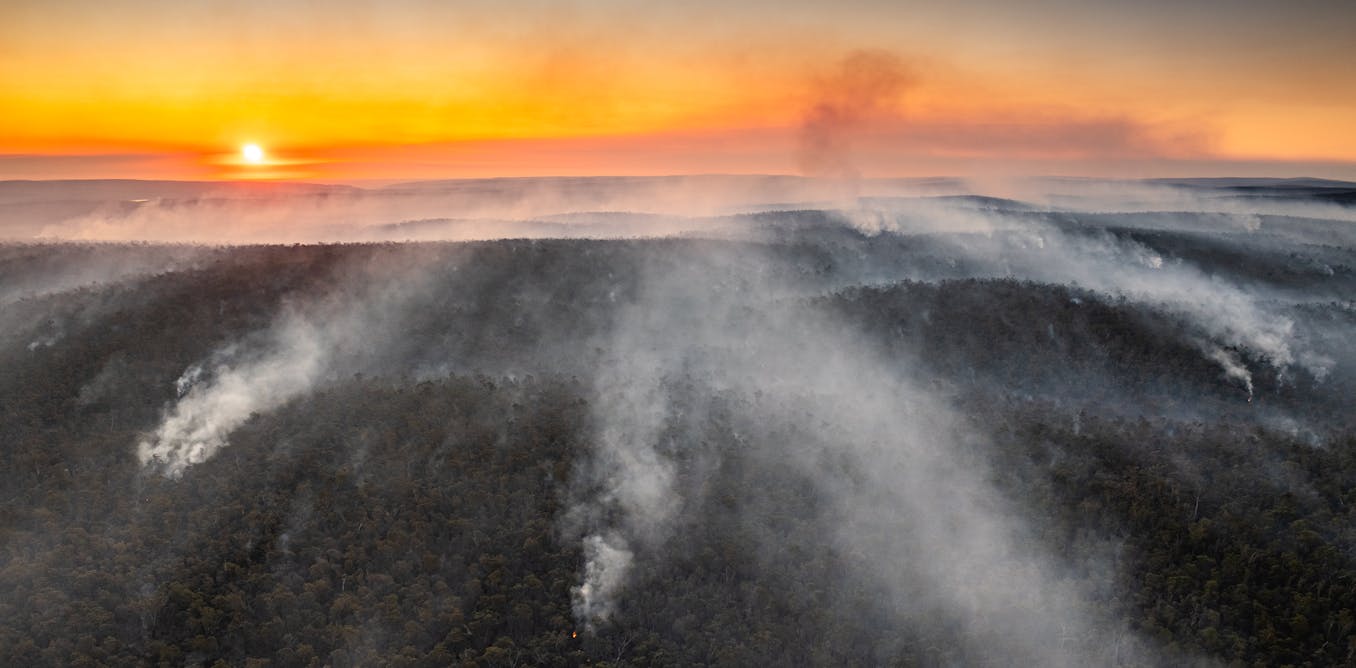Spanning 2,000 acres with more than 50 miles of trails, Wissahickon Valley Park in northwest Philadelphia offers a variety of recreational opportunities, from hiking and biking to bird watching and picnicking.
We are a professor of history who co-authored a book on the Wissahickon Valley and an assistant professor of biology. We teach students at Chestnut Hill College, which sits directly across the street from this lush urban park, about the environmental history of the Wissahickon forest and the importance of preserving its biodiversity. We’re also developing a documentary on the Wissahickon funded by the Sisters of Saint Joseph.
We want our students – and all Philadelphians – to understand the importance of protecting this urban ecosystem as a way to build climate resilience.
Like many of the country’s other great urban parks – from Central Park in New York or Rock Creek Park in Washington to the smaller Phalen Park in St. Paul, Minnesota – the Wissahickon lowers the city’s temperatures, reduces its carbon footprint, protects the water supply and mitigates floods. And, it remains an active arena for community building and engagement, which further increases Philadelphia’s resilience to climate change.
Home of the Lenape
The earliest known human inhabitants of the Wissahickon Valley were the Lenape, the Native American people who once inhabited the entire Delaware Valley.
The Lenape had a reverence for the plants and animals around them. Their simple stone and wood tools did minimal harm to the land, although they did use fire to clear spaces for gardens and to form meadows to attract wildlife.
In contrast, European settlers who arrived in the 17th century and their descendants felled whole forests in the valley with their metal tools and draft animals such as horses and oxen. They engaged in large-scale agriculture, dammed the Wissahickon Creek and its tributaries, erected water-powered mills and built roads in and around the valley.
In 1868, land along the Wissahickon Creek Valley within city limits became part of Philadelphia’s larger Fairmount Park System. In the process of creating and improving the park, the park commission gradually demolished the mills in the valley in an effort to restore a more natural appearance.
In the early 1900s, residents of northwest Philadelphia signed petitions and held an equestrian demonstration to oppose motor vehicles in the valley. They helped convince the Fairmount Park Commission to ban cars and change the name of the creek side road to Forbidden Drive. More than a century later, cars are still banned from the Wissahickon Valley Park.
Jon Lovette/Photodisc Collection via Getty Images
Buffer against heat
Heat waves are now the No. 1 cause of weather-related deaths in the United States.
Since the 1960s, the average number of heat waves in the U.S. has increased from two per year to six per year, and the average duration has stretched from three days to four.
Dense concentrations of buildings, paved parking lots and roads trap heat. This phenomenon is called the urban heat island effect, and it makes cities like Philadelphia more vulnerable than suburban or rural areas to the impacts of heat waves.
The vegetation in the Wissahickon Valley has had a positive impact on reducing the intensity of the heat island effect, especially in northwest Philadelphia. In this area, the vegetation of the Wissahickon has been allowed – and even encouraged through intentional plantings – to spill out in some cases for several miles into urban areas. This has created a phenomenon known as the “Wissahickon style” of landscape and architecture.
Trees and plants provide shade and release moisture into the air through transpiration, which cools the environment and reduces the severity of heat waves.
The Chestnut Hill neighborhood borders the Wissahickon Valley and has about 60% tree coverage, which helps make it one of the coolest neighborhoods in the city, according to an analysis by The Philadelphia Inquirer. In fact, during the summer, the Inquirer found, Chestnut Hill is 15 to 20 degrees cooler than Kensington, the hottest neighborhood in Philadelphia, which has only 7% of tree cover.
Stark socioeconomic differences between the two communities exacerbate these heat disparities. Chestnut Hill’s median income is nearly three times higher than in high-poverty Kensington, allowing for greater investments in green spaces and infrastructure.
Lower carbon footprint
The Wissahickon forest represents about 20% of Philadelphia’s total green space. Like all wooded areas, it acts as a carbon sink by absorbing carbon dioxide from the atmosphere and storing it in biomass – its trunks, branches, leaves and roots – and soil. Common native species in the park, including tulip poplars, maples and oaks, are great carbon sinks. In absorbing carbon, the valley’s vegetation helps to reduce the overall greenhouse gas concentrations in the atmosphere.
Protection from flash floods
As climate change increases the frequency and intensity of heavy rain, the vegetation in the Wissahickon Valley allows this excess water to infiltrate the soil and recharge groundwater supplies.
This process reduces the volume and speed of stormwater runoff, thereby lessening the risk of flash floods and minimizing the burden on urban drainage systems.
Despite urbanization in the Wissahickon watershed, where impervious cover exceeds 26%, the forest significantly lowers the risk of flash floods in nearby areas, such as Chestnut Hill and Roxborough, and alleviates pressure on the city’s drainage systems.
Engagement and activism
The local conservation group Friends of the Wissahickon, which was founded in 1924, has been essential in preserving and maintaining the Wissahickon for public use.
In the mid-1930s, under a grant from the Depression-era Works Progress Administration, the park commission proposed setting up recreational facilities at various points in the park as well as refreshment stands. Intense opposition to these amenities, led by the Friends of the Wissahickon, convinced the commission to back down. This opposition seemed to be largely due to a desire to maintain the park’s natural state.
In recent years, the organization has worked to sustain a natural balance of plants and wildlife and to offer experiential learning to students and others. Participants learn about the proliferation of invasive plants – such as kudzu, Japanese honeysuckle and multiflora rose – and the damage that they cause. They also learn what is needed to sustain a healthy balance of nature, the effects of climate change on the valley, and the ecological history of the area.
By protecting the Wissahickon Valley, Philadelphia can continue to reap the benefits of its ecosystem services. This urban forest can create a cooler and more resilient city, and ensure a healthier environment for its residents.

The post “4 ways Wissahickon Valley Park makes Philly more resilient against climate change” by Hilton Oyamaguchi, Assistant Professor of Biology, Chestnut Hill College was published on 08/23/2024 by theconversation.com































Leave a Reply